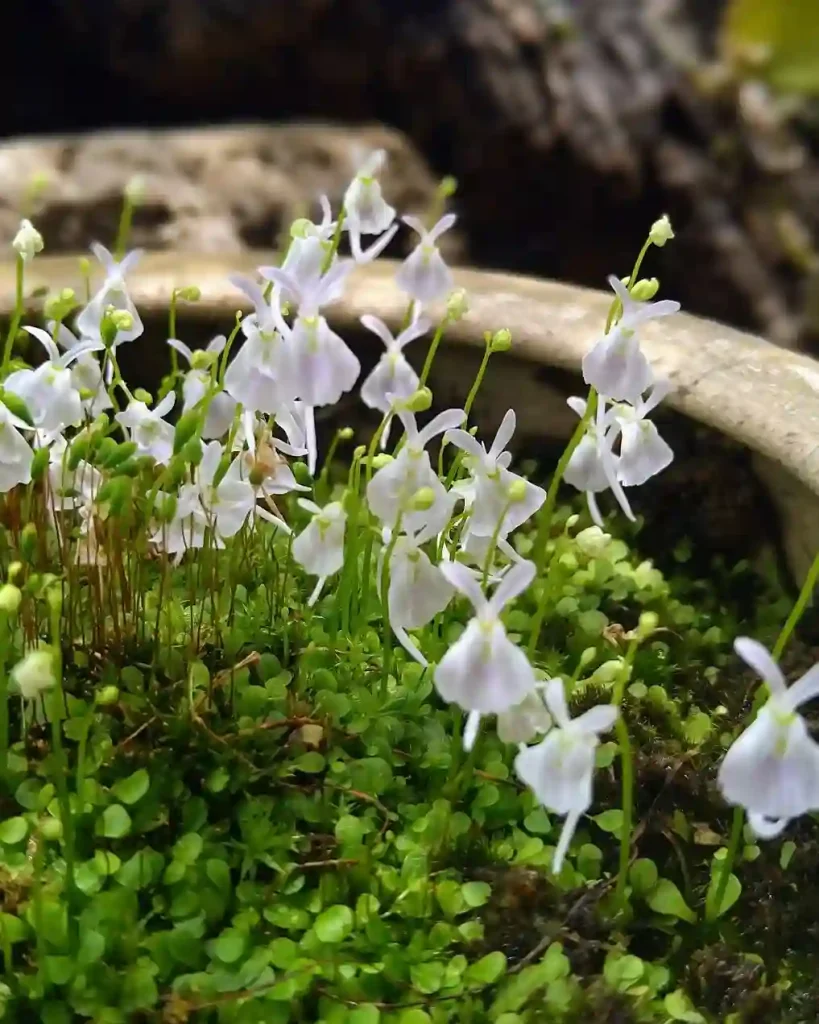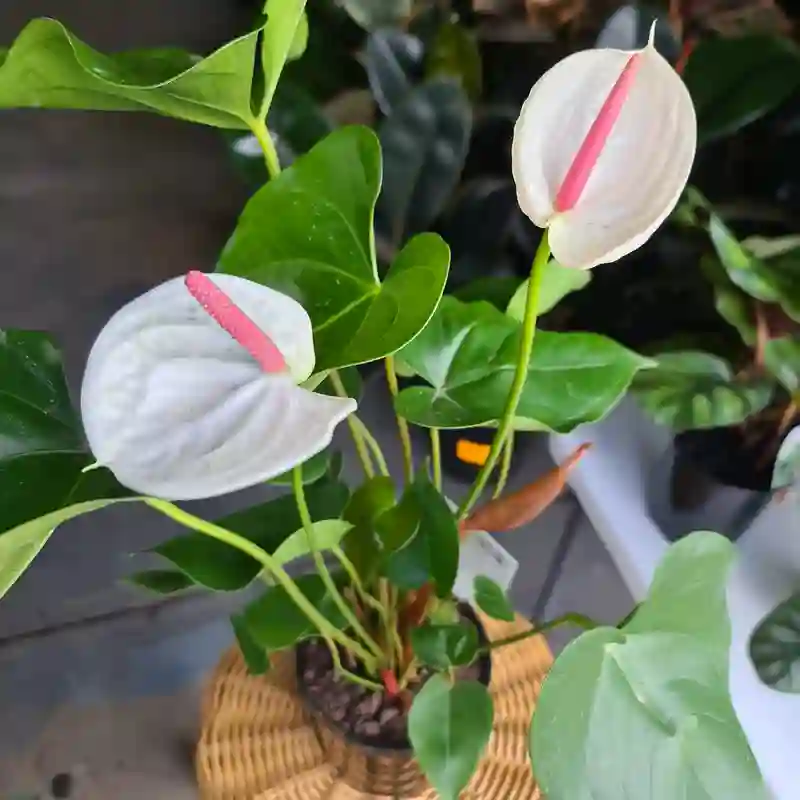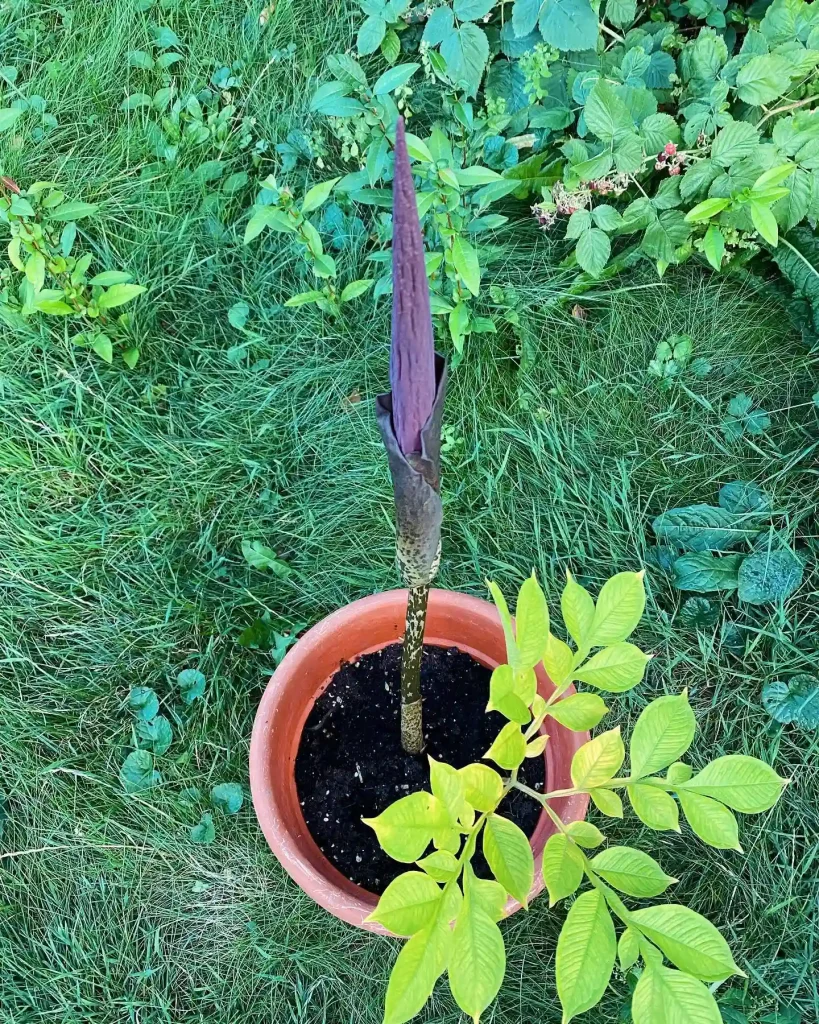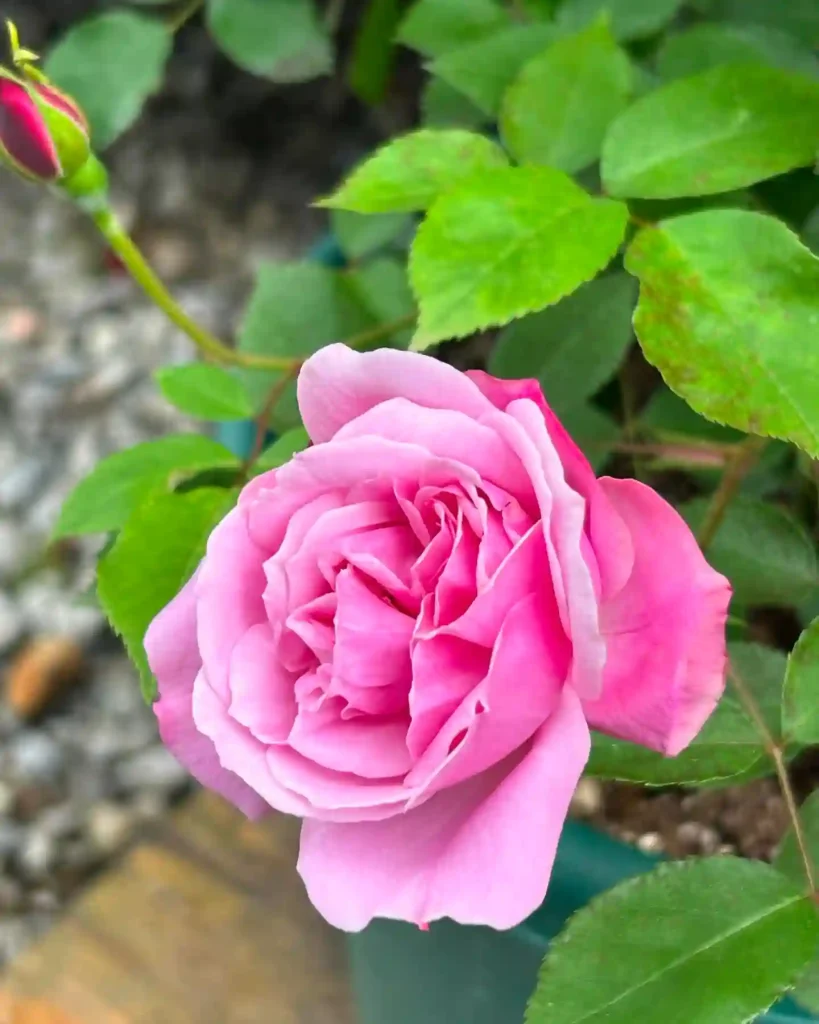What is Malva Parviflora?
Malva Parviflora, commonly known as Little Mallow, is a small flowering plant in the Malvaceae family. It’s native to the Mediterranean region but has become widespread in various parts of the world. This plant is often recognized for its delicate, five-petaled pink or white flowers and its soft, rounded leaves.
62 Species in Genus Malva
Why is Malva Parviflora Invasive?
Malva Parviflora is considered invasive due to its rapid growth and ability to outcompete native vegetation. It thrives in disturbed soils and can quickly establish dense stands, which can crowd out other plants. Its seeds are hardy and can remain viable in the soil for extended periods, contributing to its aggressive spread. The plant’s resilience and adaptability make it particularly challenging to control once established.
How Does Malva Parviflora Spread?
Malva Parviflora spreads primarily through its seeds. Each plant produces numerous seeds, which can be dispersed by wind, water, and animals. Additionally, the seeds can stick to clothing or equipment, facilitating their movement to new areas. The plant’s ability to quickly regenerate and produce new seeds makes it difficult to contain and eradicate.
How to Eradicate Malva Parviflora?
Eradicating Malva Parviflora requires a multi-faceted approach:
- Manual Removal: Pulling the plants by hand can be effective, especially when done before the plants set seed. It’s important to remove the entire root system to prevent regrowth.
- Mulching: Applying a thick layer of mulch can smother Malva Parviflora and prevent new seedlings from emerging.
- Herbicides: Systemic herbicides can be used to kill the plant, but they should be applied carefully to avoid harming desirable plants. Always follow the manufacturer’s instructions.
- Monitoring and Maintenance: Regular monitoring of the area is crucial to catch and address any new growth early. Persistence is key in managing this invasive species.
What to Plant With Malva Parviflora?
If you’re looking to complement Malva Parviflora in your garden, consider plants that can compete with or overshadow it. Hardy perennials like Echinacea or Rudbeckia can create a strong presence and reduce the space available for Malva Parviflora. Additionally, planting ground covers like Creeping Jenny or Ajuga can help cover the soil and limit the spread of Malva Parviflora.
How to Care for Malva Parviflora?
Malva Parviflora is relatively low-maintenance. It prefers well-drained soil and full sun but can tolerate a range of conditions. Regular watering can support its growth, but it’s important not to overwater, as this can lead to root rot. Once established, Malva Parviflora is drought-tolerant and requires minimal care.
How to Propagate Malva Parviflora?
Propagation of Malva Parviflora is typically done through seeds. To start, collect seeds from mature plants and sow them in well-drained soil. The seeds should be planted in early spring or fall. Malva Parviflora can also self-seed, leading to natural spread in your garden.
Can You Grow Malva Parviflora Indoors?
Malva Parviflora is not typically grown indoors due to its preference for outdoor conditions and its tendency to grow quite large. However, if you have a spacious indoor area with ample sunlight, you might be able to cultivate it. Ensure the plant has enough room for its root system and monitor it for any signs of pests or diseases.
Is Malva Parviflora Toxic?
Malva Parviflora is not known to be toxic to humans or animals. It is generally considered safe and can be handled without special precautions. However, as with any plant, it’s wise to avoid ingestion and to wash your hands after handling it, especially if you have sensitive skin.
Common Problems with Malva Parviflora
One common problem with Malva Parviflora is its tendency to become weedy and invasive. It can also be susceptible to pests like aphids and diseases such as powdery mildew. Regular monitoring and timely intervention can help manage these issues.
Comparing Malva Parviflora with Similar Plants
When comparing Malva Parviflora with other plants like Malva Sylvestris (Common Mallow) or Hibiscus species, the key differences lie in their growth habits and invasive potential. Malva Sylvestris is often larger and more robust, while Hibiscus plants typically have larger, showier flowers. Understanding these differences can help you choose the right plant for your garden and manage them effectively.
In summary, Malva Parviflora is a versatile and resilient plant, but its invasive nature requires careful management. By understanding how it spreads, how to control it, and how to care for it, you can better handle this plant in your garden and enjoy its beauty while mitigating its impact on your landscape.
If i die, water my plants!



